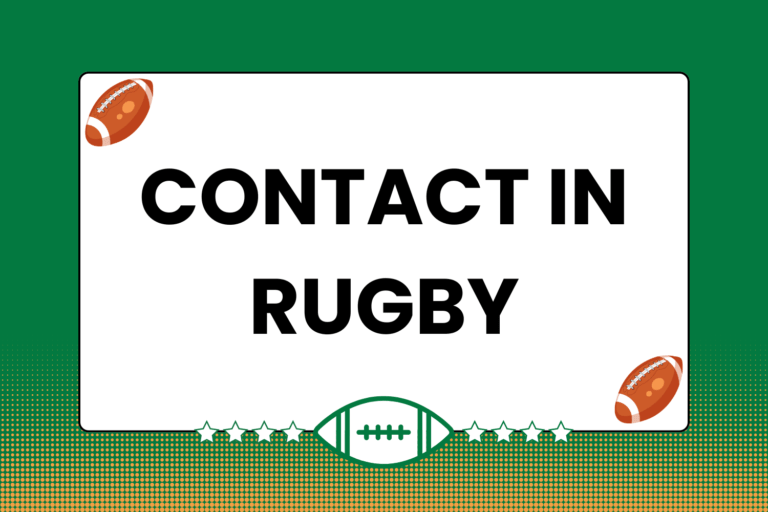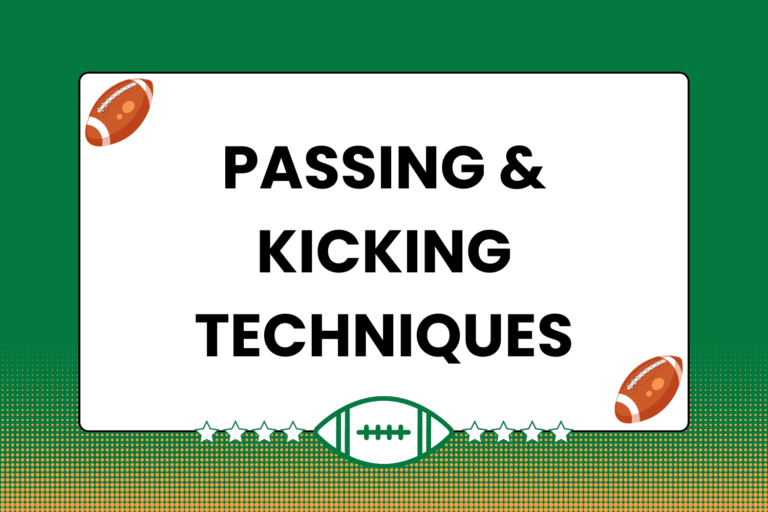Learning to play rugby is a fantastic experience. From binding together in a scrum for the first time to making your first show-stopping tackle, the transition into becoming a rugby player is one of the most rewarding experiences out there. Getting involved with teaching the game can be equally rewarding, albeit in a different way.
Many players eventually make the transition to coaching, and discover that they’re quite good at it. However, many new coaches experience a sense of uncertainty as they figure out the best way to start. This is especially true for new coaches with players who have never played rugby. Fortunately for such coaches, this guide outlines how to introduce rugby’s core skills to new players.
Handling the Ball
Helping players become comfortable with handling the rugby ball should be one of the first skills you teach. You can break ball carrying instruction into two categories: Moving the ball (passing and catching), and moving with the ball (running with it). And although kicking the ball definitely falls under the category of moving the ball, it’s best to hold off on that until they have a handle on passing and catching.
Passing the Ball
When coaching essential skills like making a pass, it’s best to keep it very simple. Keep your coaching points basic, and break things down sequentially. Listed below are the more pertinent points to cover:
- Holding the ball: When making a pass, you want to make it easy for your teammate to catch the ball. If the ball is moving around a lot in the air, it becomes harder to catch. Try to hold the ball in both hands, with the points of the ball straight up and down. Doing so opens up the middle of the ball, and gives your teammate a good chance of making the catch.
- Making the pass: With the ball about waist high, swing your arms in the direction of the teammate you’re passing to. When your arms are pointed at that teammate, flick your hands up and release the ball. The ball should rise only slightly, and it should be at about stomach height when the teammate catches it.
- Rules: When passing the ball, it’s important to remember that you can’t pass it to a teammate who’s in front of you. You also can’t throw the ball forward, even if the person you throw it to starts behind you and runs up to it. Every pass needs to travel backwards.
The best way to teach new techniques is by combining an explanation with a demonstration. Show the players what a good “swing” looks like when making a pass, or what you mean by “points of the ball straight up and down.” Showing your team the right technique as you describe it is the best way to help new players quickly get comfortable with rugby essentials.
Catching a Pass
Making a good pass is important, but being able to cleanly catch the ball is equally as vital. Fortunately, catching the ball is even simpler than passing. Besides a few technique pointers, all it really takes is a bit of hand-eye coordination and practice to solidify catching skills.
- Making the catch: Hold both arms up at about stomach height, with each arm slightly bent at the elbow. Both hands should be held with the palms angled out, fingers spread, and pointed at the player who’s passing the ball. When it’s thrown, watch the ball all the way into your hands; taking your eyes off the ball is the easiest way to miss the catch and turn the ball over.
- Catching technique: Most of the actual catch is made with your fingertips. They’re the first parts of your body to touch the ball after it’s passed, and they give you much more control over ball than the palms of your hands. Secure the ball with the fingertips, then close both hands all the way onto the ball.
- Rules: If you bobble the catch and it falls forward, a knock-on penalty will be called and the ball will go to the other team. Other than that, there aren’t any rules concerning how you catch the ball.
Again, the most vital skill for making a catch is hand-eye coordination. Don’t worry if some players have trouble catching the ball. Consistent practice goes a long way to helping players become better catchers.
Passing & Catching Drills
There are literally hundreds of drills to help players improve all sorts of skills and techniques. Many of these drills are far too advanced for new players, so it’s best to keep it simple until their familiarity and confidence improve. Below is an example of a drill that’s simple to execute and easy to manipulate, and effectively helps new players improve both passing and catching skills.
Mental Edge
Part of introducing each of these skills is explaining their relevance. For example, when helping new players develop proper passing techniques, it’s a good idea to first explain the rule about forward passing. This helps them improve their technique, while also teaching them about one of the most fundamental elements of the game.
Quick Response Pass Drill
This drill pairs players together as they jog down the field and pass a ball back and forth. Explain to the players that as they’re jogging, the player with the ball needs to pass it to his partner every time the whistle is blown. To ensure the pass is legal, the player with the ball takes two quick steps forward before making the pass, so that the ball travels backwards when it’s thrown. The key is to help players get in the habit of making only backwards passes and avoid penalties.
Here’s a breakdown of the drill:
- Have players pair up. Then have the pairs line up horizontally so that they can all advance at the same time. Give one player in each pair a ball.
- Blow the whistle to get the players jogging. Every 5-10 seconds, blow the whistle again. Watch to make sure the passer takes at least one quick step forward and makes a backwards pass.
Once players get used to this drill, introduce a new element that makes the drill slightly more difficult. For example, add a consequence for either a dropped pass or a forward pass. Instruct players that they are to immediately drop to the ground and do five push-ups if someone in their pair drops a pass or makes a forward pass.
Start Slow, Aim High
New players are bound to make mistakes. Don’t get frustrated by early setbacks; no one is perfect the first time they do anything, and playing rugby is no exception. Take mistakes as learning opportunities, and be sure to stay positive.





